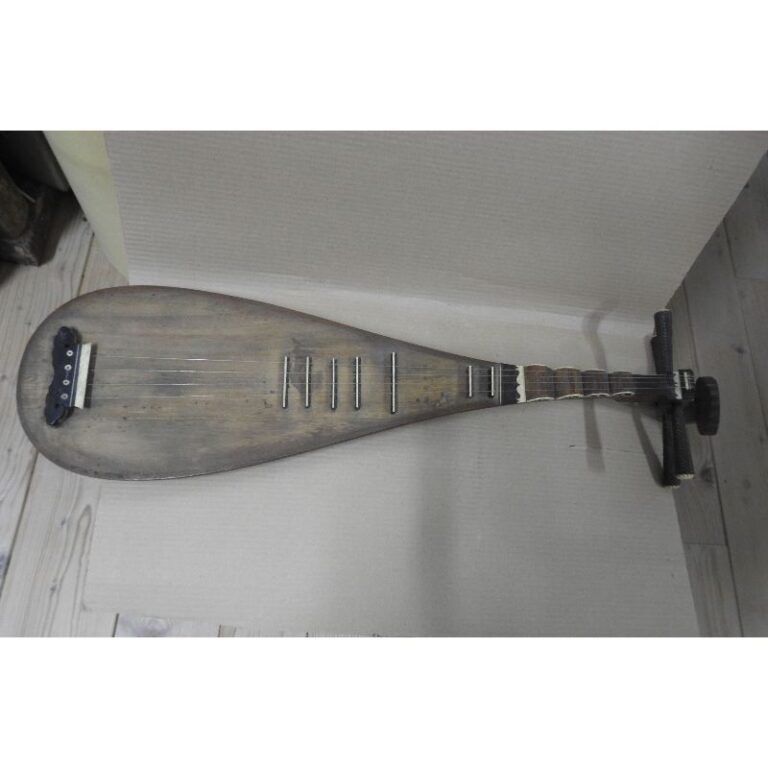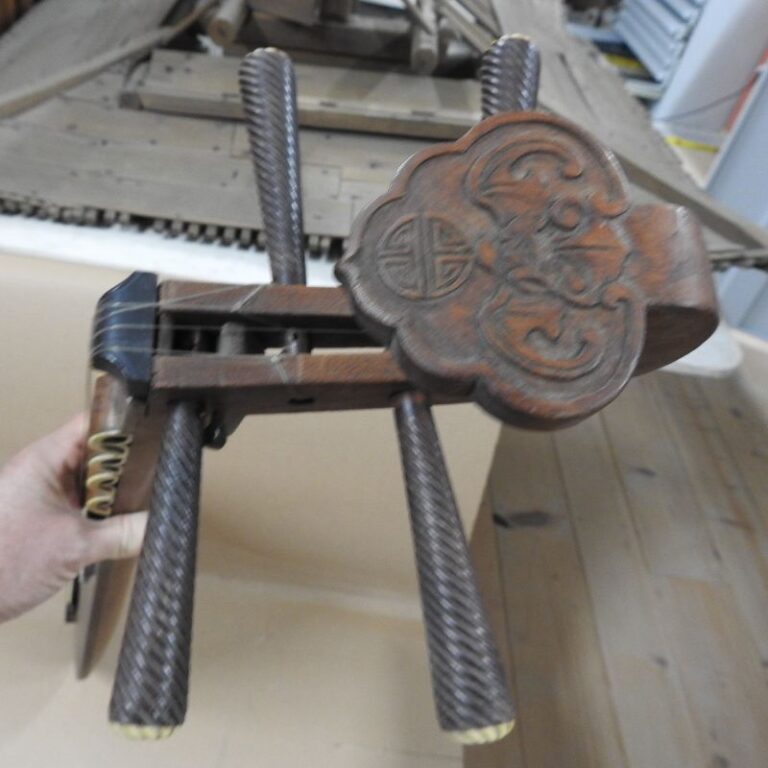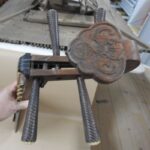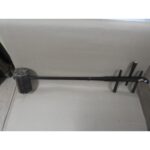Chinese lutepipa
A Chinese lute, or pipa 琵琶 from Ivan Skušek’s collection. The Chinese lute is the queen of Chinese folk music and the leader among stringed instruments. From the Qin Dynasty (221–207 B.C.) to the Tang Dynasty (618–907), the term pipa is said to have been used as a generic term for both domestic and foreign plucked string instruments. According to documents from the Eastern Han Dynasty (A.D. 25–220), the meaning of the word pipa derives from the playing technique, where pi refers to the forward movement of the fingers of the right hand and pa to their backward movement. The lute has a short neck and a wooden pear-shaped body, sometimes with two crescent-shaped sound holes, and 12 to 26 frets. This pipa is well preserved and maintained. The strings are probably replacements. It is ornately designed, in a combination of wood and ivory, with a (fu 蝠) wooden motif on the head and a shou 壽 symbol: the former ... more
A Chinese lute, or pipa 琵琶 from Ivan Skušek’s collection. The Chinese lute is the queen of Chinese folk music and the leader among stringed instruments. From the Qin Dynasty (221–207 B.C.) to the Tang Dynasty (618–907), the term pipa is said to have been used as a generic term for both domestic and foreign plucked string instruments. According to documents from the Eastern Han Dynasty (A.D. 25–220), the meaning of the word pipa derives from the playing technique, where pi refers to the forward movement of the fingers of the right hand and pa to their backward movement. The lute has a short neck and a wooden pear-shaped body, sometimes with two crescent-shaped sound holes, and 12 to 26 frets. This pipa is well preserved and maintained. The strings are probably replacements. It is ornately designed, in a combination of wood and ivory, with a (fu 蝠) wooden motif on the head and a shou 壽 symbol: the former symbolises luck and joy, the other longevity. (KH)









































Do you have a comment or additional information about the subject?